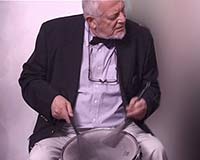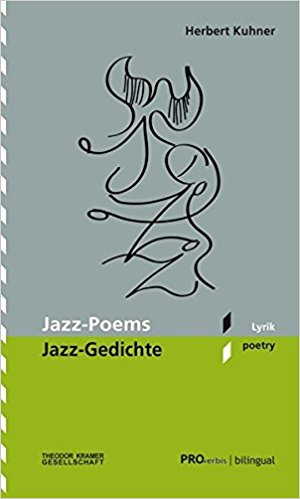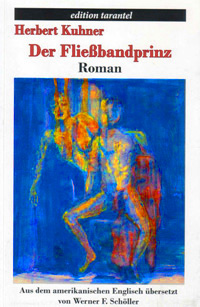What Happened to Bobby?
Bobby Driscoll had a dream career as a child actor. He made his first film at the age of six and his last at the age of 18. I saw him in So Dear to My Heart when I was in Locust Valley at the age of 14. Bobby’s partner is Luana Patton, a child actress, who did not grow up to become actress. Bobby too didn’t grow up to be an actor.
The Disney features of the early days, Snow White, Fantasia and Pinocchio were imaginative films with the fascination and fantasy of old-fashioned toys. The films of today are assembly- line products with quick-cutting and loud music. Speed and volume are usually a substitute for quality. The hectic pace cancels out any chance for contemplation.

Bobby Driscoll
I loved the wonderful combination of live actors and cartoon characters in So Dear. Since the film showed happy blacks in the Old South, the film was criticized as being racist. I remember the controversy. Uncle Remus, the old storyteller, was depicted by the critics as Uncle Tommy. Well, So Dear was basically a film for children and young people, not a social study.
Disney acquiesced to the criticism at home. The film was taken out of circulation in the States, but is still available elsewhere. Bow to pressure at home, but sell abroad! After all, a buck is a buck.
If there ever was a film with an “indirect” racist view, it was Gone with the Wind. Here happy slaves are part of the family in the Good Old South. And this film is for adults, not for children.
And speaking of Uncles, the happy black par excellence was Louis Armstrong, as far as image is concerned. However, politically speaking, Louis took a stand against discrimination that was anything but “Uncle.”
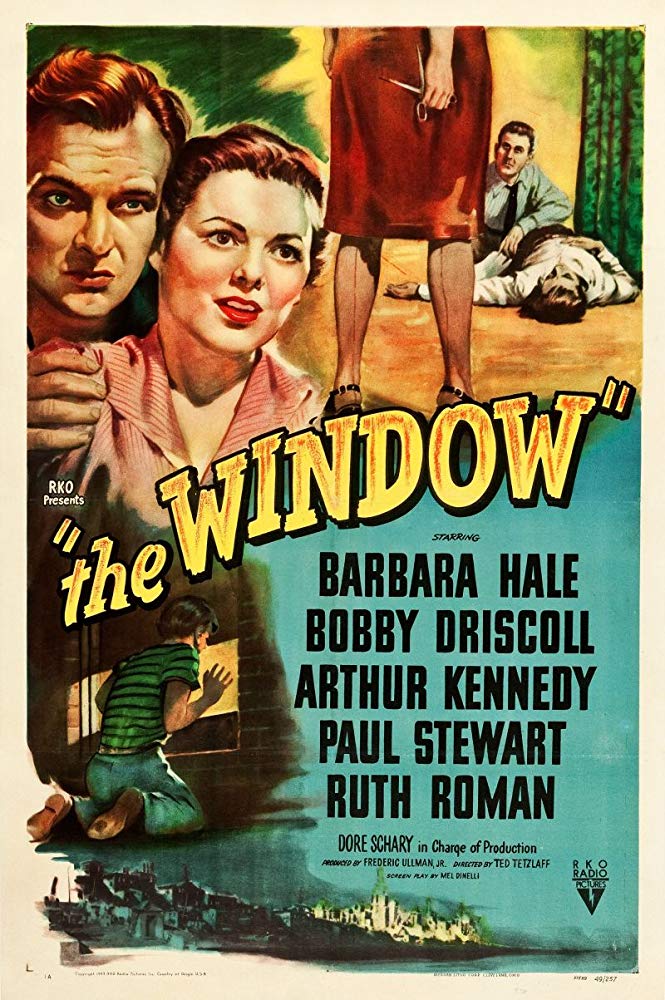 Bobby’s follow-up film was the classic thriller, The Window, for which he won a special Oscar.
Bobby’s follow-up film was the classic thriller, The Window, for which he won a special Oscar.
Bobby was handsome and the way he arched his eyebrows reminded me of William Holden. He was under contract to Walt Disney, and when he ceased being a “child actor” and became an “adolescent actor,” Disney dropped him.
Bobby did start to grow up, but of course, he retained had the qualities that had made him popular. He was just as well-suited to play adolescent and grownup roles as he had been to play child roles. But Disney and the other go-betweens had him labeled as a child and that was that.
Mickey Rooney and Judy Garland grew up too. And of course, they too had emotional difficulties. Mickey, who had been Number One as a child and teenager, slumped, but picked himself up and went on to character roles. Judy continued her singing and was also successful at playing dramatic roles. Did you ever see her in The Clock with Robert Walker? She was enthralling as a young woman who had meets a soldier by chance in New York during the war. And not a note was sung in the film.
You’d think Walt Disney, who was creative and served up delightful films for children, would have been a good uncle. He wasn’t. In the witch-hunting days of McCarthy, he was one of the leading Hollywood witch hunters. The hunt did not merely seek out members of the Communist Party, but anyone who was suspected of having melioristic views.
Bobby “the child” was a commodity; Bobby “the adolescent” wasn’t, at least as far as Walt was concerned.
But it wasn’t only Walt. For some reason, Bobby couldn’t to latch on to the early successes. The people who had hired the child did not to hire the young man, for some unfathomable reason. Nor could he convince others to give him a chance.
Where were all the film people he had worked with? Couldn’t one of them have acted as an intermediary?
Bobby left Hollywood and went to New York, but things did not work out there either. He tried Broadway and off Broadway, but no theater doors were opened to him.
In 1968, “Bobby the man” committed suicide at the age of 31. The prelude had been alcohol, drugs and time behind bars.
I quote from his website: “He was found dead in a tenement building in New York. No one knew who he was, and he was buried as a John Doe in a pauper’s grave. This talented young man died completely alone and without friends. It was a year later, due to a chance checking of fingerprints, that it was discovered that the John Doe they had buried was actually Bobby Driscoll”
You can still see Bobby in his films of the Forties and early Fifties on TV. I caught The Window recently.
No, you can’t blame it all on Hollywood. You have to learn to cope and you need perseverance, and I can add some other truisms. But I say that Bobby’s fate is one of the most shameful chapter’s in the Hollywood Album.
Cruelty
In Love Is Never Silent, directed by Joseph Sargent, there is a deaf and dumb couple with two children, a boy and a girl. The boy accidentally falls from their apartment window. The father and mother tear down the stairs to the street to find him dead on the sidewalk. When they open their mouths to scream, no sound comes out. They scream at the top of their lungs, but their screams remain silent. They cannot even use their vocal chords to give vent to their grief.
Sometimes I’m overcome by the cruelty of life.

Love is never silent
The Dog in Dark Blue World
Jan Sverak’s Dark Blue World is a bittersweet story of two Czech pilots who fly for the RAF during World War II and their love interests.
Karel crashes in an attempt to save Franta.
Franta goes home to his small Czech town in uniform and is saluted by the uniformed stationmaster. He finds his former girlfriend hanging up laundry and they sadly greet each other. She married stationmaster, thinking that Franta was dead. As Franta starts to leave, his dog, a blonde spaniel no longer young, emerges from under the laundry and greets him. The dog is female; I won’t use the word bitch, because it has acquired another connotation. Franta walks off with the dog following him. Now has his dog, but it is only for a moment. A little girl appears and says, “That is our dog.” Franta and the dog look at each other. They both know that there is no choice. It is as if the dog says, “I must stay with her.” Franta departs as the dog sits by the girl watching him walk away.
I am so moved by this. It is a touching love scene between a man and a dog, one of the most touching scenes I have ever seen on film.
Life is not easy for man, but the same can be said for animals.
I had a dog as a boy, who was as much of a friend as a friend can be. And I needed such a friend at the time. His life came to a tragic end and I cannot forget that, nor can I stop blaming myself. Not a day has gone by when I did not think of him. I have thought about him more than I have thought about the women I loved.
But getting back to Karel, he survived all the aerial dogfights to be thrown into a Stalinist prison for having fought in the RAF. The brave Czech pilots, like the veterans who fought for the Republican side in Spain, were guilty of some kind of crime in the Eastern Bloc. God knows what it could have been.
If the Battle of Britain had been lost, the United States would not have been able to have a foothold in Europe, and the chances for victory for Nazi Germany and Imperial Japan would have been very good indeed.
Thinking about man and beast, and man’s integrity and loyalty, I’ve come to the conclusion that I’d take a dog anytime. Do you know what I mean?
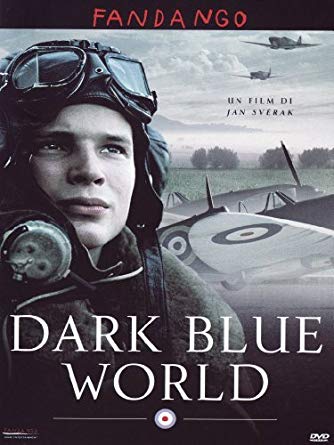
to be continued . . .
– Herbert Kuhner










 Users Today : 25
Users Today : 25 Users Yesterday : 138
Users Yesterday : 138 This Month : 3506
This Month : 3506 This Year : 9565
This Year : 9565 Total Users : 191370
Total Users : 191370 Views Today : 53
Views Today : 53 Total views : 1894344
Total views : 1894344 Who's Online : 2
Who's Online : 2
